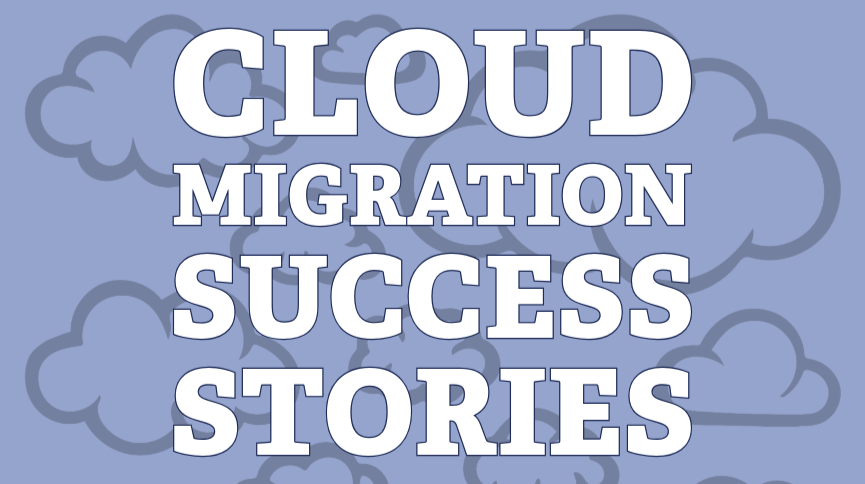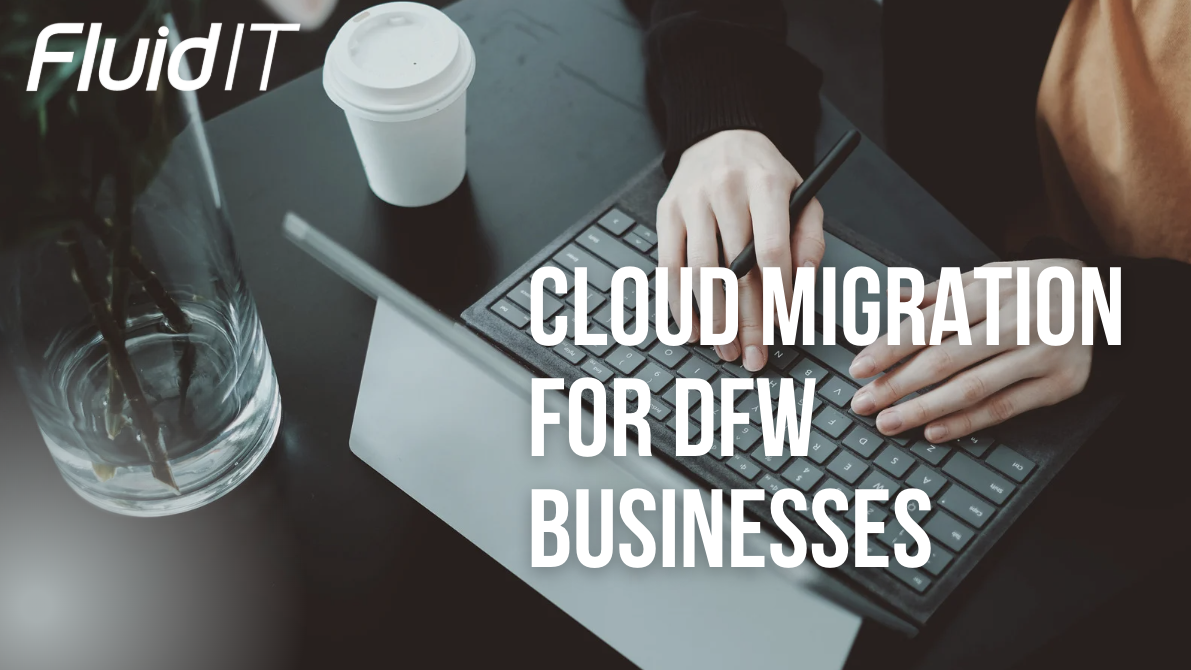In recent years, businesses of all sizes have been moving their operations to the cloud, attracted by the benefits of scalability, flexibility, and cost savings. However, as with any major technology shift, the move to the cloud can also present significant challenges. From data security and connectivity issues to integration complexities and regulatory compliance, there are many factors to consider when transitioning to the cloud.
In this article, we will explore six of the most common challenges businesses face when moving from on-premises setups to the cloud and offer solutions to help make the transition smoother. So, if you're considering a move to the cloud or in the midst of a migration, keep reading to learn how to overcome these challenges and achieve a successful cloud adoption with Fluid IT.
- Data Security: Data security is a crucial challenge that businesses face while moving their operations to the cloud. Companies must ensure that their data is secured, protected, and encrypted during data transfer and storage in the cloud. One way to address this challenge is by choosing a reputable cloud service provider, like Fluid IT, that offers advanced security features and compliance certifications such as SOC 2, PCI DSS, and HIPAA. It is also essential to have a robust data backup and disaster recovery plan in place to ensure business continuity in case of data breaches or cyber-attacks.
- Connectivity Issues: Cloud infrastructure is dependent on internet connectivity, and any disruptions in internet connectivity can cause downtime, data loss, and negatively impact business operations. To address connectivity challenges, businesses should consider redundant internet connections and network failover solutions to ensure continuous availability and access to the cloud infrastructure. It is also essential to have a backup plan in place in case of internet outages or disruptions.
- Integration Complexities: Moving from a traditional on-premises setup to the cloud can involve integrating with various cloud services, applications, and third-party systems, which can add complexity to the transition. To address integration challenges, businesses should have a well-defined migration strategy and a comprehensive plan for integrating with cloud services and applications. It is also essential to test and validate the integration with cloud providers before making the switch to ensure seamless integration.
- Performance Issues: The performance of cloud infrastructure can be affected by various factors, such as bandwidth, network latency, and server response time. To address performance issues, businesses should consider optimizing their cloud infrastructure for performance by selecting the right cloud resources, such as compute, storage, and network. It is also essential to monitor and optimize cloud performance regularly to ensure that the infrastructure meets business requirements.
- Cost Implications: While cloud computing can offer cost savings in the long run, there can be upfront costs associated with migrating to the cloud, such as training, support, and infrastructure changes. To address cost implications, businesses should consider developing a comprehensive cost-benefit analysis of the cloud migration and identify potential cost savings opportunities. It is also essential to have a well-defined budget and cost management strategy in place to avoid overspending on cloud resources.
- Regulatory Compliance: Companies in heavily regulated industries may face additional regulatory compliance issues when moving to the cloud, as they need to ensure that their cloud infrastructure is compliant with industry standards and regulations. To address regulatory compliance challenges, businesses should consider selecting cloud service providers that are compliant with industry standards and regulations such as HIPAA, GDPR, and CCPA. It is also essential to work with legal and compliance experts to ensure that the cloud infrastructure meets regulatory requirements and avoid potential legal and financial risks.
In conclusion, the challenges of moving from on-premise to the cloud can be daunting, but with the right partner, the transition can be seamless. Fluid IT is an experienced IT services provider with expertise in helping businesses overcome the challenges of cloud migration.
Our team of experts can help you develop a comprehensive cloud migration strategy, select the right cloud services, optimize cloud performance, and ensure regulatory compliance. If you're looking for a reliable partner to guide you through the cloud migration journey, contact Fluid IT today.



